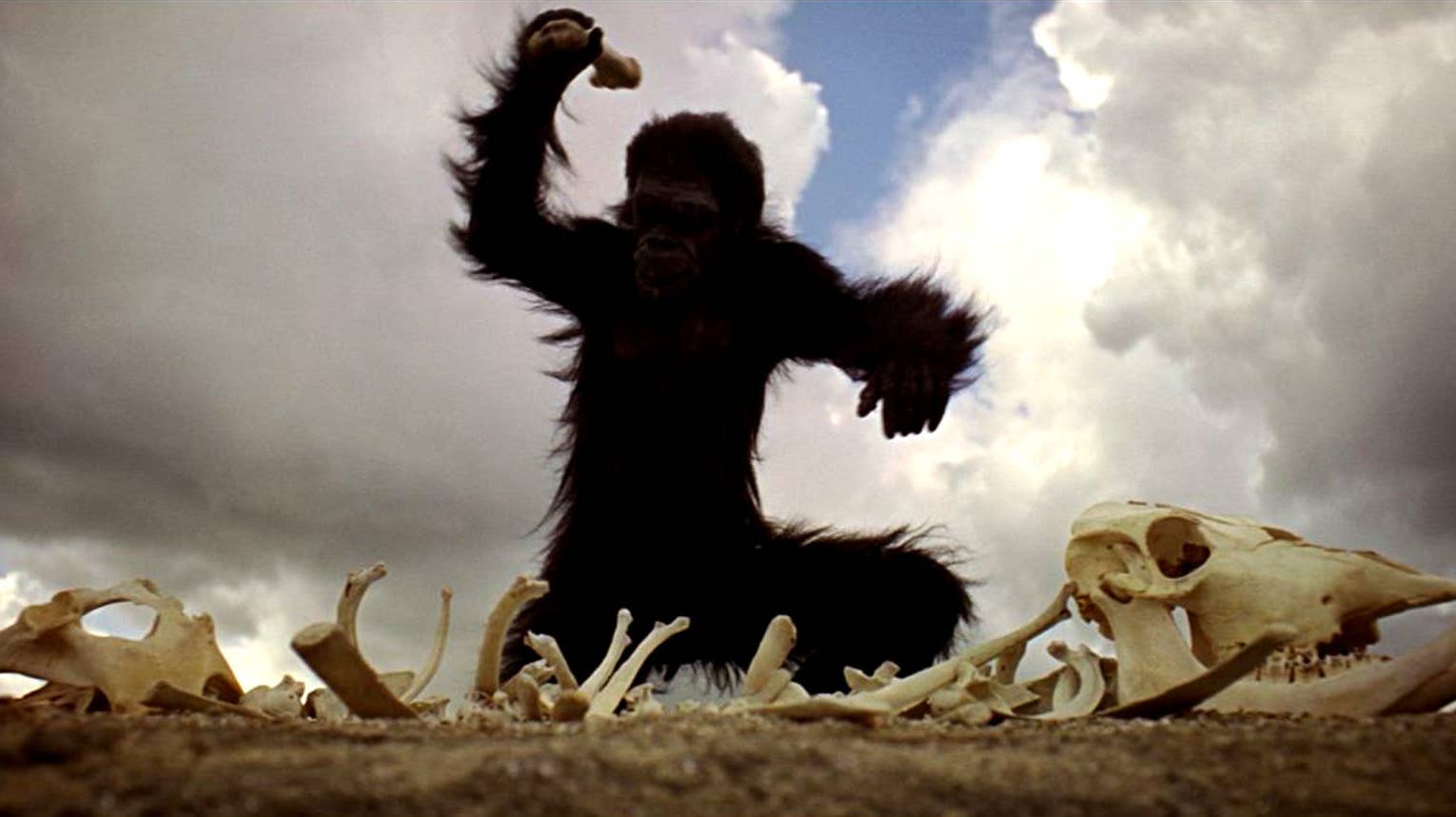Southern Ape
In 1924, while paying a visit to her friend Pat Izod, she noticed a skull sitting over the fireplace. Josephine Salmons, an anatomy student at “Wits” (South Africa), promptly identified the skull as belonging to a fossil monkey of scientific relevance. It was 1924, and Salmons had just set up in motion a fast chain of events leading to one of the most remarkable discoveries in human evolution.
The fossil was a present from Pat’s dad, director of the Northern Lime Company. The mining company’s operators had found it at the quarry of “Taungs.” Salmons quickly presented the specimen to her mentor, Raymond Dart, an anatomy professor at Wits. Dart coordinated the recovery and study of further fossils from Taungs. A particularly interesting fossil was a natural endocranial cast (rumor is that it was being used as a paperweight in the quarry director’s office). Dart found that it articulated with a piece of rock in which parts of a mandible were visible. After cleaning the rock mass, the face of a juvenile primate was revealed.
On February 7th, 1925, only forty days after Dart first saw the fossil, he published a historical article in Nature introducing a new genus and species of primates:
Australopithecus africanus
from the Latin australis (southern) and Greek pithekos (ape), “the southern ape from Africa.”
I propose tentatively, then, that a new family of Homo-simiadae be created for the reception of the group of individuals which it represents, and that the first known species of the group be designated Australopithecus africanus, in commemoration, first, of the extremely southern and unexpected horizon of its discovery, and secondly, of the continent in which so many new and important discoveries connected with the early history of man have recently been made, thus vindicating the Darwinian claim that Africa would prove to be the cradle of mankind.
Raymond Dart
The “Taung child” represented the oldest hominin found at the time (currently dated to ~2.8 million years ago). However, Australopithecus was the opposite of what was expected of a human ancestor. It had a small (ape-like) brain size and large teeth. On the other hand, the remains previously found in Piltdown (England) shown a more human-like cranium (as expected). More importantly, the Piltdown remains were found in Europe, and their relevance was backed by some of the most prestigious scientists at the time. However, in the 1950s, it became clear that “Piltdown man” had been a hoax. Of course, most scientists involved in the study of the Piltdown fossils were not aware of it…
Since the discovery of the Taung child, different species of Australopithecus have been found in various countries spanning ~4–2 million years ago (thus far, never outside the African continent). One of the most remarkable discoveries corresponds to a tiny female individual (nicknamed “Lucy” after a Beatles song) found in 1974 in the Afar Triangle in Ethiopia. Her species, Australopithecus afarensis, is probably one of the most well-known among the early members of the human lineage.
What’s the relevance of Australopithecus? This “southern ape” shows us how important—and complex— “intermediate” forms are for understanding evolution. Lucy and other australopiths were clearly capable of walking on two legs. Evidence for habitual bipedalism is present, among others, in fossilized hip and lower limb morphologies. There are also footprints. However, australopiths preserve many primitive features related to moving on the trees (e.g., curved fingers, long upper limbs relative to lower limbs). Functionally interpreting this combination of ancestral and derived features has proved to be challenging over the years. Most researchers infer that the intermediate body anatomy of Australopithecus indicates that it was both an avid biped and a tree dweller. Others defend that it was a committed terrestrial biped.
Another focus of discussion is the Australopithecus “brain.” Based on endocranial casts, we can gather information about its size and shape to make some inferences about its “operating system” (e.g., behavior, intelligence). The brain was tiny. However, there are discrepancies regarding the interpretation of its shape. Some researchers argue that brain structure was not different from modern apes. Others think that fundamental changes towards a more human-like brain organization were already present. The debate is still on.
My studies show that the hand of Australopithecus was better suited for precision grips than that of living apes. Australopithecus had a long thumb relative to the fingers. Some colleagues consider this evidence compatible with a hominin with enhanced cognition. Their hands had evolved specifically to better use and make stone tools. Another possibility is that Australopithecus became handier and subsequently smarter because their hands facilitated so.
How much of a human was Australopithecus? How much of an ape?
Cover image from “2001: A Space Odyssey” (credit: Metro-Goldwyn-Mayer). Dart’s “Osteodontokeratic” culture inspired the tool behavior portrayed in Stanley Kubrick’s 1968 film. However, C.K. “Bob” Brain subsequently presented a more plausible explanation of how these South African australopiths ended up mistakenly interpreted as “cavemen.”
Thanks to David Alba, Marc Furió, Ashley Hammond, Santiago Catalano, Nathan Thompson, and Laia Salles Diez for reading drafts of this.

